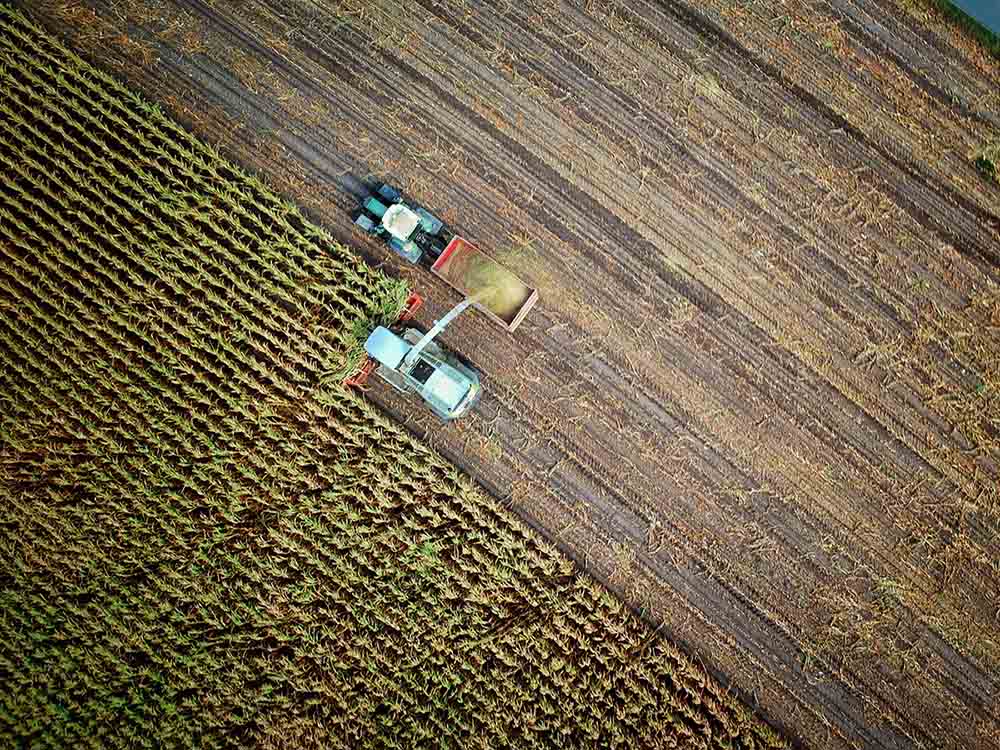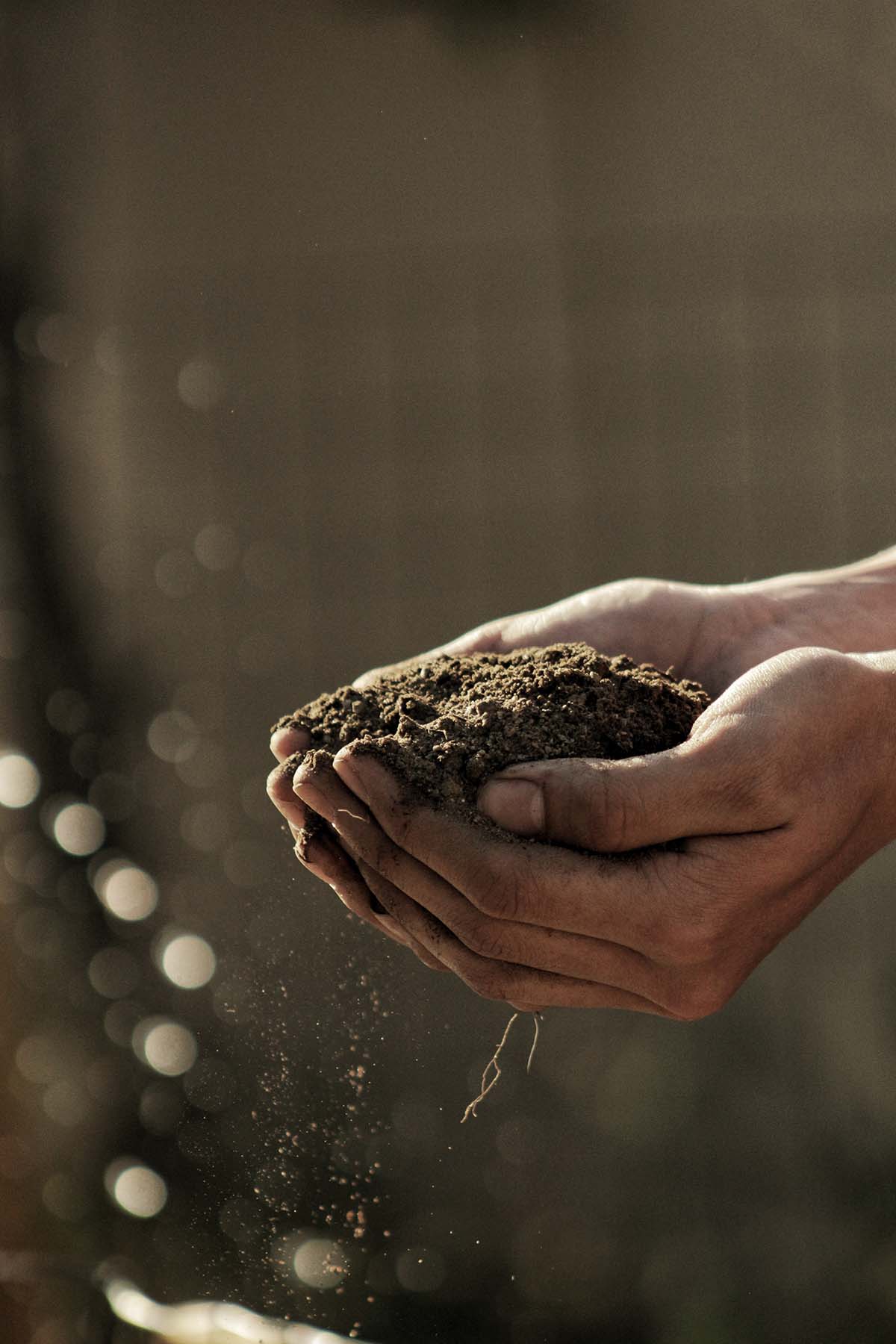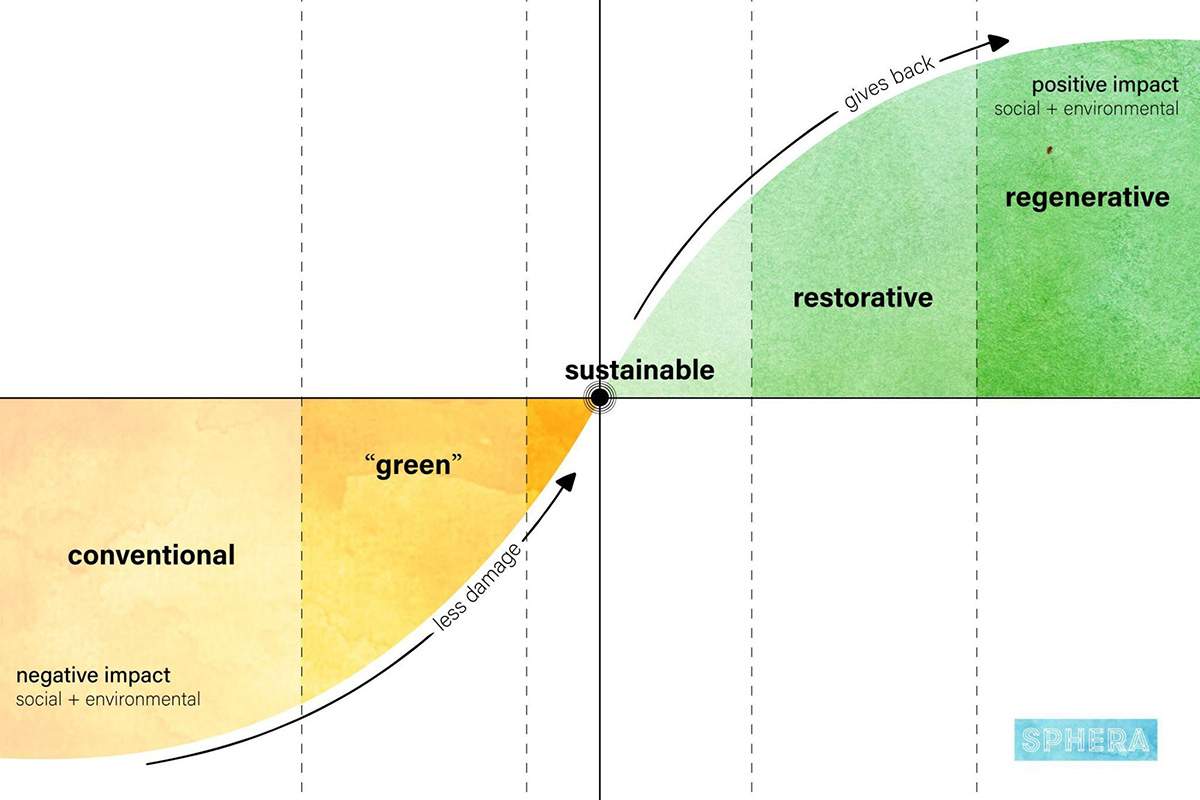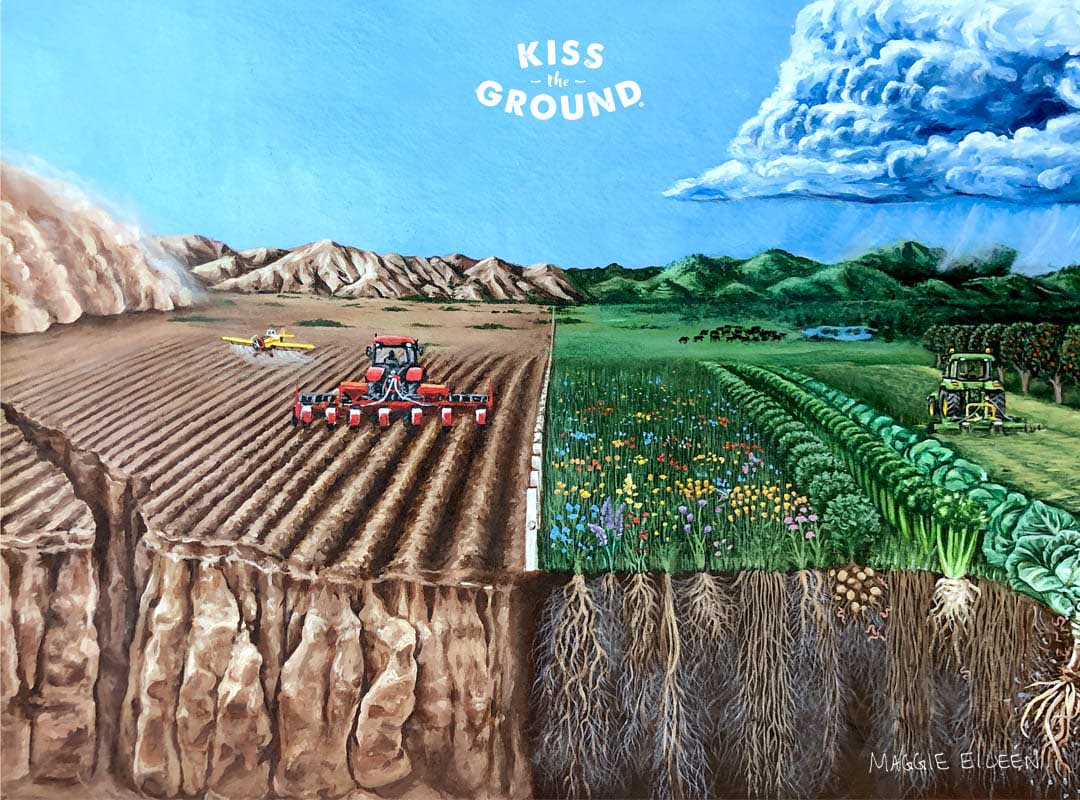The roots of intensive agriculture: the Green Revolution
This type of agriculture has recent origins. Developed after World War I, in the period called the Green Revolution, it served to make up for the severe food shortage.
Great innovations were developed in agriculture; mechanization underwent a major increase, with the use of advanced machinery; new varieties of genetically improved and more productive seeds (high yield seeds) [1] were developed, mainly rice and wheat [2], grown on monoculture expanses (i.e., crops of a single variety over very large areas); and new fertilizers and pesticides were synthesized.
These innovations exponentially increased agricultural productivity, which, however, after the initial increase suffered a severe decline causing economic instability, poverty, and long-term damage to ecosystems and their biodiversity.
The Green Revolution is a demonstration that nature cannot be forced by humans at will. Chemically synthesized fertilizers, pesticides and monoculture are not a long-term solution, as they are in open conflict with the balance of the planet [1]. It is therefore necessary to use alternative methods as soon as possible, on a global scale.
Sustainable agriculture
Sustainable agriculture was born and developed from the analysis of past problems and mistakes and the application of present discoveries. This agriculture uses techniques that mimic natural processes and aim to protect biodiversity (essential for crop resilience), preserve soil fertility, and prevent water pollution. The best known examples are organic farming, integrated farming and biodynamic farming.
From the foundations of these approaches comes an agriculture that wants to give more: regenerative agriculture.
Regenerative agriculture, best practices and new aspirations
The term regenerative agriculture was coined by organic farming pioneer Robert Rodale in 1980 [3]. Regenerative agriculture is based on the principles and practices of organic farming and permaculture, which will be briefly introduced below for clarity.
Organic agriculture was defined by FAO in 1999 as “a holistic production system that promotes and enhances health, biodiversity, biological cycles and soil biological activity in the agro-ecosystem”.
Permaculture is a system of permanent agriculture in which the patterns and relationships established in nature are imitated. The plants adopted in this approach are perennial or self-perpetuating [4].
With its principles and a soil-centric approach, regenerative agriculture goes beyond sustainable agriculture. It is able to increase soil health and even restore degraded soils. At the same time, it improves water quality, increases biodiversity and the productivity of agricultural soils, which thus become capable again of capturing and storing carbon from the atmosphere.
This type of agriculture emerged as a solution for production that is less impactful or even has a net positive impact on both the environment and society [5]. Regenerative agriculture adopts practices such as cover crops, crop rotation with livestock integration, planting perennials or trees, and growing multiple varieties of plants on the same soil. Practices such as plowing are avoided, external inputs are minimized (fertilizers and pesticides) or avoided (those of chemical synthesis).
Regenerative agriculture aims to improve lives, environmentally, socially and economically, while regenerating numerous ecosystem services (defined by the Millennium Ecosystem Assessment in 2005 as the multiple benefits provided by ecosystems to humankind [6]).
Limitations and possibilities
Unfortunately, to date, no shared, let alone legally recognized definitions of the concept of regenerative agriculture have been developed.
Despite this, interest in the practice has increased sharply among producers, retailers, consumers, and policymakers.
The IPCC in its special report on climate change and land [7] included regenerative agriculture as a sustainable farming practice that can be effective in building agro-ecosystem resilience. In addition, product labeling initiatives such as the Regenerative Organic Alliance [8] are developing.
Practices such as regenerative agriculture are proof that producing food by letting nature do its work is the most economical and efficient way [1]: it is necessary to know how to observe it and know how to cooperate with it, noting that human impositions on nature and its rhythms prove to be unsuccessful, as they are destructive.
A change in the aspirations of the agricultural sector that focuses not only on quantity but on product quality, environmental health and social welfare may be the key to ensuring a safe and healthy future for us and the next generations, accompanied by good information, which, as in this case, invites the reader to make an informed choice of products to put on their table, to have the opportunity to make a difference, however small.
Viewing and reading recommendations:
Documentary: Kiss The Ground (2020)
Book: Bevilacqua, P., An agriculture for the future of the earth: the food production system as a paradigm for a new era, Slowfood publisher, 2022.

Graduated in Environmental Humanities (UniVe) with a three-year background in Political Science (UniPd). She has been passionate about the environment since she was a child. In her specialisation she approached soil and agriculture. She firmly believes that it is essential to make environmental issues accessible to everyone in order to make significant changes to our impact on planet Earth. She sees Atmosphera Lab as an ideal platform to pursue this goal.










